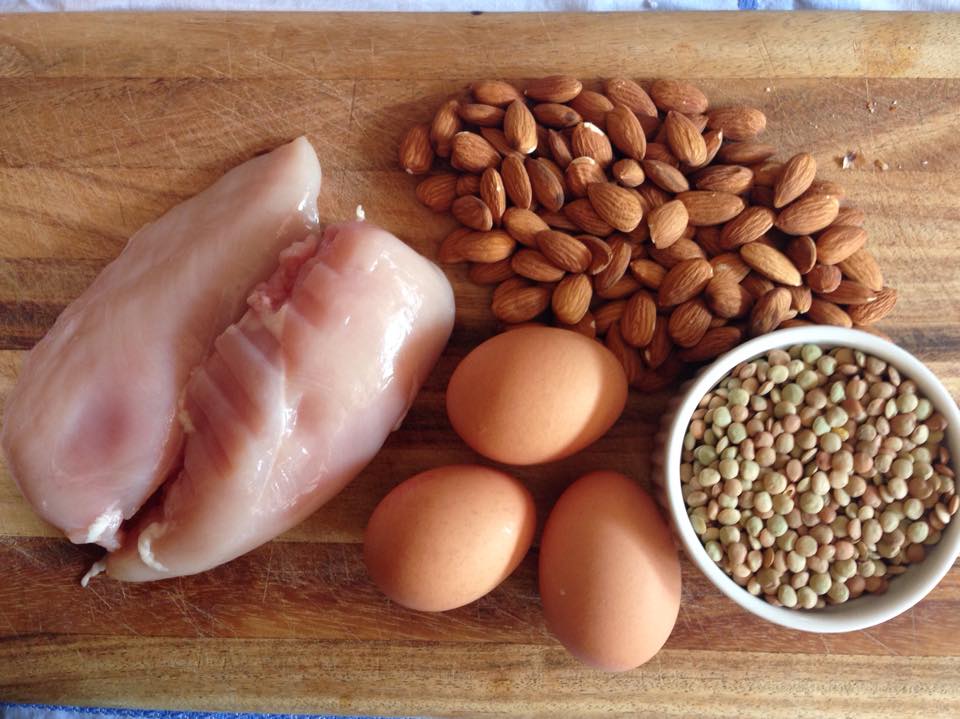Many people struggle with weight loss and find it challenging to stick to a strict diet and exercise routine. However, there are many simple and effective ways to lose weight from the comfort of your own home.

In this article, we will explore 10 ways to achieve weight loss at home.
1. Drink Plenty of Water

Drinking plenty of water is essential for weight loss as it
can help you feel full and reduce your appetite, leading to a decrease in
calorie intake. In addition, staying hydrated can help boost your metabolism,
allowing your body to burn calories more efficiently. Aim to drink at least
eight glasses of water per day, and consider drinking water before meals to
reduce your overall calorie intake.
2. Eat More Protein

Eating more protein can also aid in weight loss. Protein is
an essential nutrient that can help you feel full and satisfied, reducing your
overall calorie intake. In addition, protein can help preserve muscle mass,
which is important for maintaining a healthy metabolism. Incorporate
protein-rich foods such as lean meats, eggs, beans, and nuts into your meals
and snacks to help you feel fuller for longer.
3. Reduce Your Intake of Processed Foods
Processed foods are often high in calories, sugar, and
unhealthy fats, making them a significant contributor to weight gain. Aim to
eat whole foods such as fruits, vegetables, and whole grains instead.
4. Get Enough Sleep
Getting enough sleep is crucial for weight loss, as lack of
sleep can disrupt hormones that regulate hunger and appetite, leading to
increased calorie intake. Aim to get at least seven hours of sleep per night to
promote weight loss. Additionally, getting enough rest can help you feel more
energized and motivated to engage in healthy behaviors such as exercise and
mindful eating.
5. Increase Your Fiber Intake
Increasing your fiber intake is another effective way to support weight loss at home. Fiber is a type of carbohydrate that the body cannot digest, so it passes through the digestive system largely intact. This helps to promote feelings of fullness and reduce calorie intake.
In addition to helping with weight loss, fiber also plays a role in maintaining healthy digestion and preventing constipation. Some high-fiber foods include fruits, vegetables, whole grains, legumes, nuts, and seeds.
To increase your fiber intake, consider incorporating more of these foods into your meals and snacks. For example, you can add fruits or nuts to your morning oatmeal, swap refined grains for whole grains like quinoa or brown rice, and snack on raw vegetables or hummus instead of processed snacks. Aim to consume at least 25 grams of fiber per day for women and 38 grams per day for men.
A weight loss nutritionist can help provide personalized recommendations for fiber intake based on your specific needs and preferences. By increasing your fiber intake, you can improve your overall health and support weight loss at home.
6. Exercise Regularly

Exercise is an important component of weight loss as it
helps to burn calories and improve metabolic function. Aim to incorporate at
least 30 minutes of moderate-intensity exercise into your daily routine, such
as walking, cycling, or swimming. Exercise not only burns calories but can also
help to increase muscle mass, which can further support weight loss by boosting
your metabolism.
7. Practice Mindful Eating
Mindful eating involves paying attention to your hunger
cues, eating slowly, and savoring your food. This can help you enjoy your food
more and reduce overeating.
8. Use Smaller Plates
Using smaller plates is a simple yet effective strategy for
reducing calorie intake. By using a smaller plate, you may feel more satisfied
with smaller portions, leading to reduced calorie consumption. This can be a
helpful tool for practicing portion control and promoting mindful eating
habits.
9. Reduce Your Intake of Sugary Beverages

Reducing your intake of sugary beverages is another
important strategy for weight loss. Sugary drinks such as soda, juice, and
sweetened coffee drinks can contain a significant amount of calories and
contribute to weight gain. Instead, opt for water, unsweetened tea or coffee,
or low-calorie beverages such as sparkling water or infused water.
10. Keep a Food Journal
Keeping track of your food intake can help you identify
problem areas and make necessary adjustments to your diet. Use a food journal
or tracking app to record what you eat and drink.
Conclusion
In summary, there are many ways to achieve weight loss at home, including drinking plenty of water, eating more protein, reducing your intake of processed foods, getting enough sleep, increasing your fiber intake, exercising regularly, practicing mindful eating, using smaller plates, reducing your intake of sugary beverages, and keeping a food journal. A nutritionist for pregnancy can also provide guidance on developing a healthy and effective weight loss plan. By incorporating these strategies into your daily routine, you can achieve your weight loss goals and improve your overall health and well-being.
Post a Comment
Post a Comment